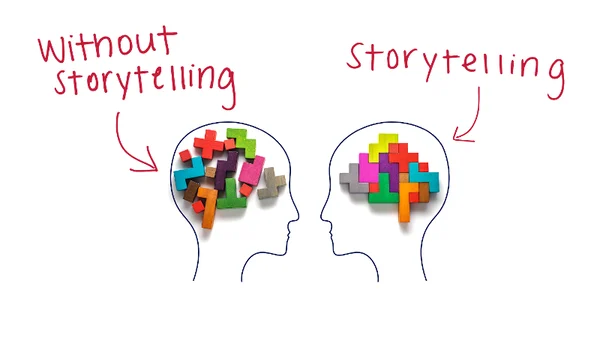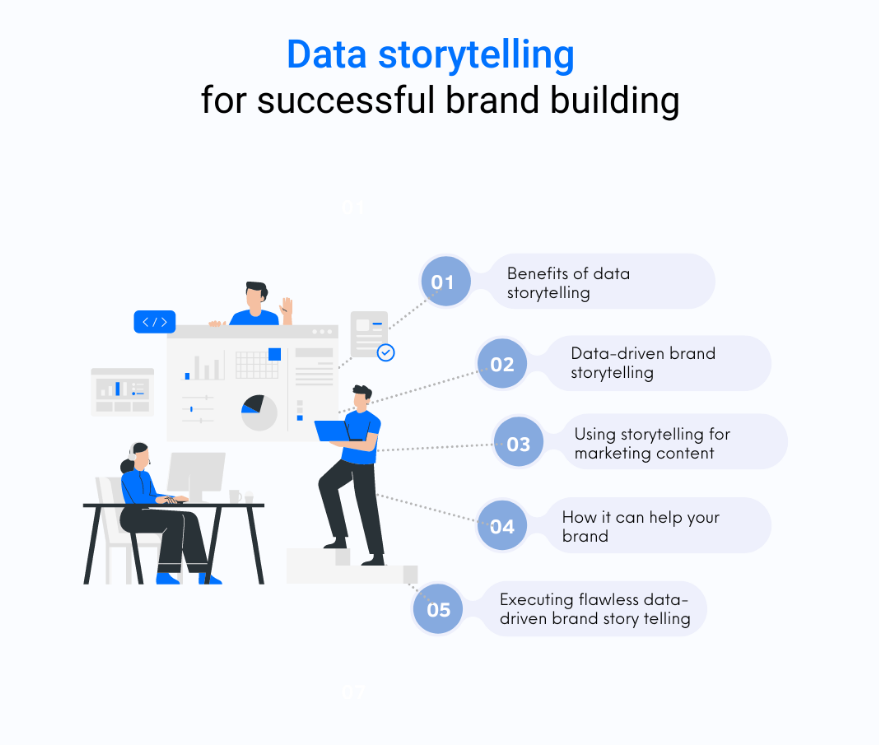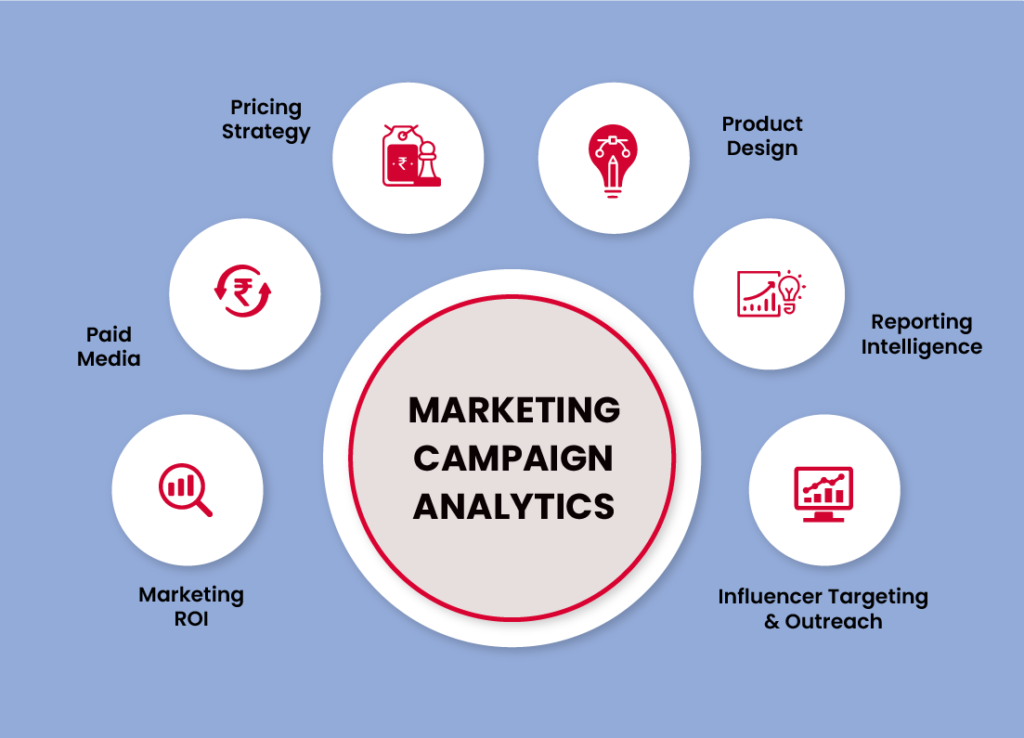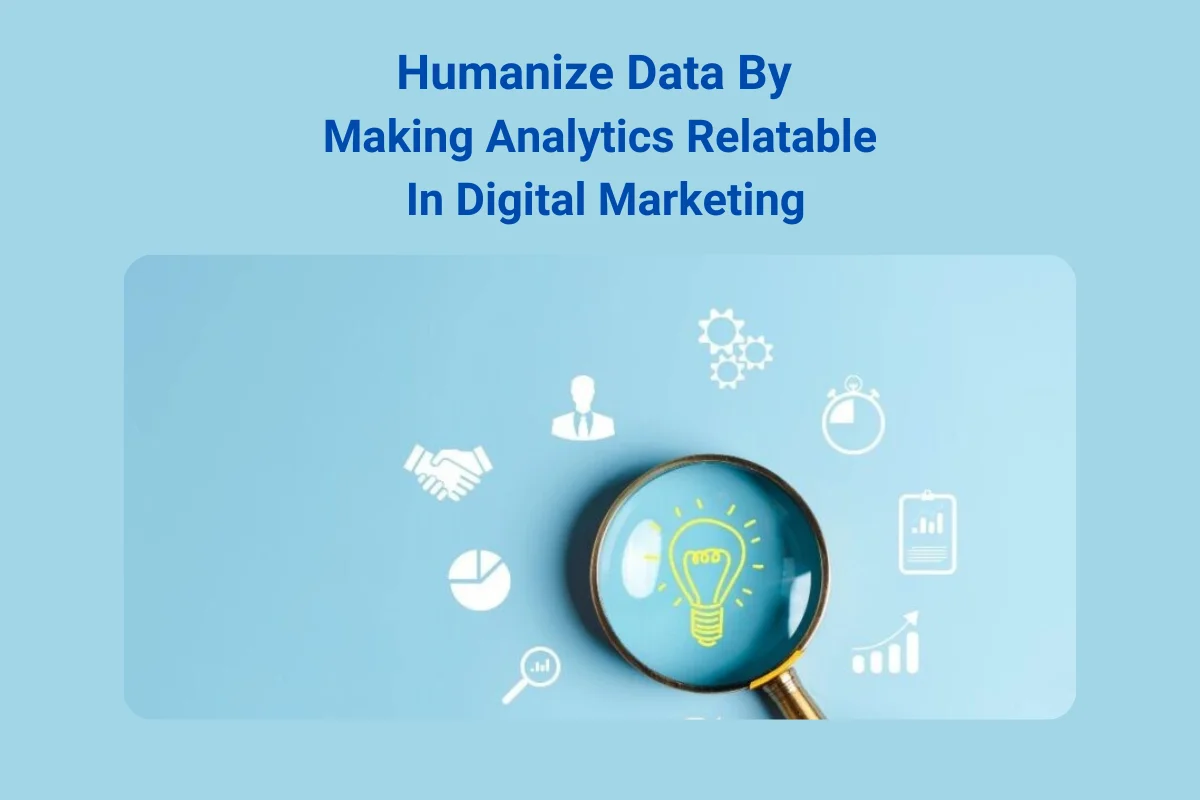Behind every successful marketing effort lies a compelling story. While AI tools enable marketers to produce content quickly, there’s still a need for content that truly resonates with the audience and drives conversions. This article will cover everything you need to know about how to humanize data in marketing, ensuring your analytics connect with people on a deeper, more meaningful level.
What is Humanizing Marketing
As the name suggests, humanizing marketing refers to incorporating an emotional touch into your promotional content. The purpose is to make sure your content resonates well with the targeted audience.

In addition, it involves various components
- Monitoring
- Audience Feedback Management
- Crises Management
- Continuous Messaging
Importance of Humanizing Marketing Data
Humanizing data involves presenting information in a way that goes beyond mere numbers. It’s about connecting data with real-life scenarios, making it easier to understand and more relevant to your audience. When you humanize data in marketing, it not only enhances decision-making but also strengthens connections with your audience, leading to better engagement and customer loyalty.
Know Your Audience
Understanding your audience is the first step in making data relatable. By tailoring data to fit the preferences and needs of your target audience, you can present it in a way that speaks directly to them. Creating personas based on customer behavior, demographics, and preferences can help you visualize how different segments of your audience will perceive the data.
Use Storytelling to Present Data
Storytelling is a powerful tool for making data relatable. By crafting a narrative around your data, you can transform abstract numbers into a story that resonates with your audience. For example, instead of just stating that a particular marketing campaign led to a 20% increase in sales, tell the story of how that campaign addressed a specific customer pain point, leading to the sales boost.

Visualize Data Effectively
Visual elements like charts, graphs, and infographics are essential for making data relatable. They help to break down complex information into digestible visual formats that are easier to understand. When creating visualizations, focus on clarity and simplicity.
Choose the right type of visual representation for your data whether it’s a bar chart, line graph, or pie chart—to ensure your audience can quickly grasp the information.
Simplify Complex Data
Complex data sets can be daunting, but simplifying them can make a huge difference. Use tools that help in breaking down large data sets into smaller, more manageable pieces. Avoid jargon and technical terms that might confuse your audience. Instead, use plain language and relatable analogies to explain complex data points.
Connect Data to Real-world Scenarios
One of the best ways to humanize data in marketing is by connecting it to real-world scenarios. Show how the data applies to everyday situations or how it can solve common problems faced by your audience. For instance, if your data indicates that mobile traffic is increasing, discuss how optimizing for mobile devices can enhance user experience and drive conversions.
Leverage Emotional Appeal
Data doesn’t have to be dry and impersonal. By leveraging emotional appeal, you can make data more impactful. Use data to highlight the positive effects of your product or service on your customers’ lives. For example, sharing data on customer satisfaction can evoke a sense of trust and reliability in your brand.
Create Actionable Insights
Data should lead to action. By creating actionable insights, you can ensure that the data you present leads to meaningful marketing strategies. Provide clear, actionable steps that your audience can take based on the data. This not only makes the data more relatable but also ensures it has a tangible impact on your marketing efforts.
- Translate Data into Specific Actions: Break down complex data into clear, specific actions your audience can implement. For example, recommend optimizing website load time if analytics show high bounce rates due to slow speeds.
- Align Insights with Business Goals: Ensure that the actionable insights directly support your business objectives. If increasing conversions is a goal, use data to identify key areas for improvement.
- Provide Context and Recommendations: Always provide context for the data, explaining why certain actions are necessary. Pair this with practical recommendations, such as adjusting marketing channels
Collaborate Across Teams
Collaboration between teams is crucial in humanizing data. Marketing, sales, and customer service teams can work together to provide different perspectives on the data, making it more well-rounded and relatable. By sharing insights and working together, teams can create a more comprehensive narrative around the data.
Use Data to Tell a Brand Story
Integrating data into your brand’s story can make it more relatable and memorable. Share how data-driven decisions have positively impacted your brand and your customers. For example, you can tell the story of how analyzing customer feedback led to improvements in your product, resulting in higher satisfaction rates.

Measure and Refine Your Approach
Finally, it’s important to continually measure the effectiveness of your efforts to humanize data. Use analytics tools to track how your audience engages with the data you present. Based on this feedback, refine your approach to make your data even more relatable and impactful in future campaigns.

Conclusion
Humanizing data in digital marketing is crucial for turning analytics into actionable insights that truly resonate with your audience. By understanding your audience, using storytelling, visualizing data effectively, and connecting it to real-world scenarios, you can humanize data in marketing, making it more relatable and impactful. The goal is not just to present data, but to make it meaningful and actionable for your audience.
Read more: Why Dark Social is the Secret Weapon for Marketing
FAQs
Humanizing data involves presenting analytics in a way that is relatable, understandable, and actionable for your audience, rather than just showing numbers and statistics.
Storytelling turns raw data into a narrative, making it more engaging and easier for your audience to relate to and understand.
Visuals like charts and infographics simplify complex data, making it more accessible and easier to comprehend for your audience.
Simplify complex data by breaking it down into smaller, understandable parts, using plain language, and avoiding technical jargon.

Alex Mitch
Welcome to my blog! With over 10 years in digital marketing, I’ve seen its incredible impact on smaller businesses. Join me as we explore how digital marketing can grow your audience and boost your business. Whether you’re an experienced entrepreneur or just starting out, you’ll find practical tips and insights to enhance your digital marketing strategies.





